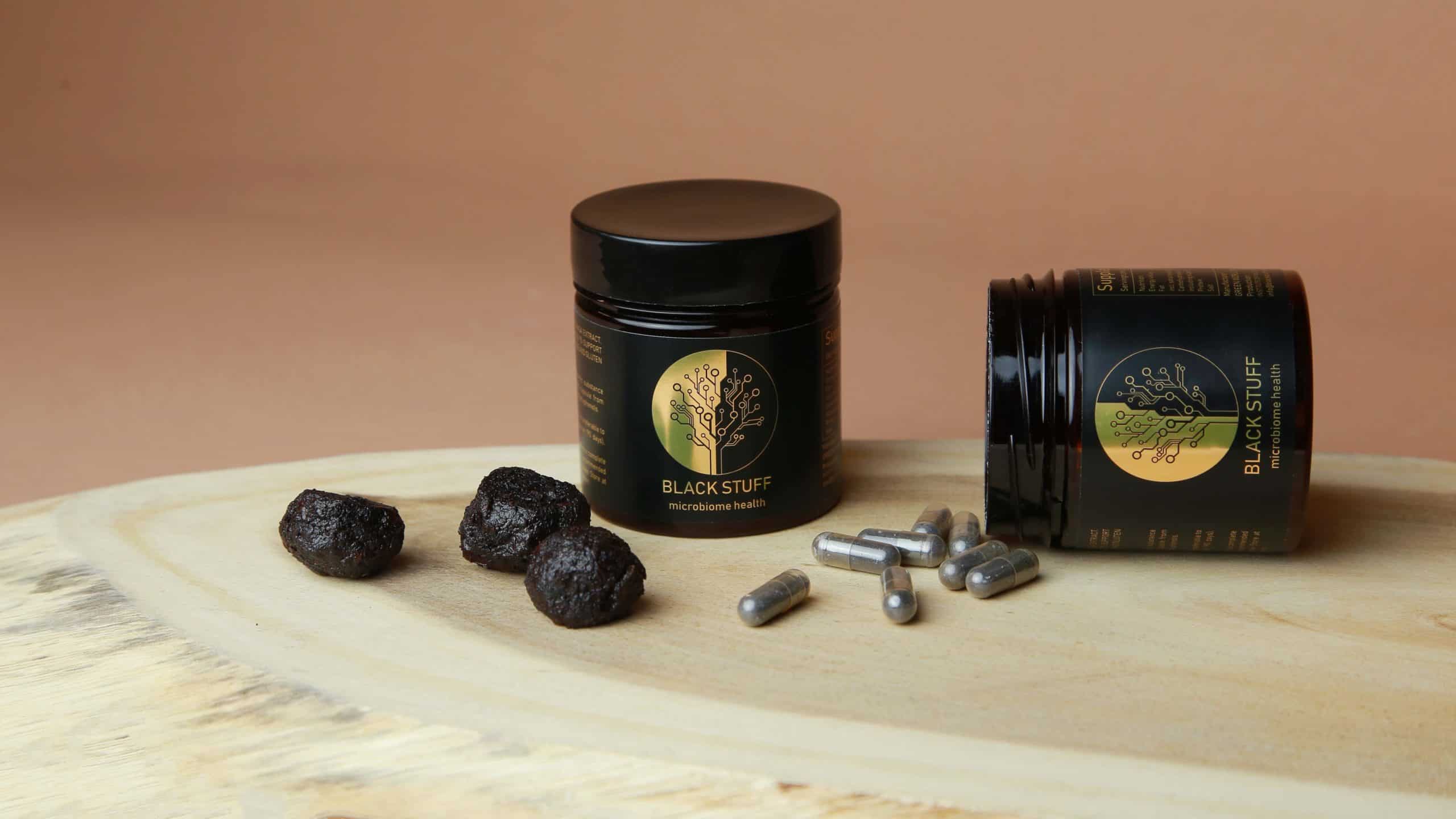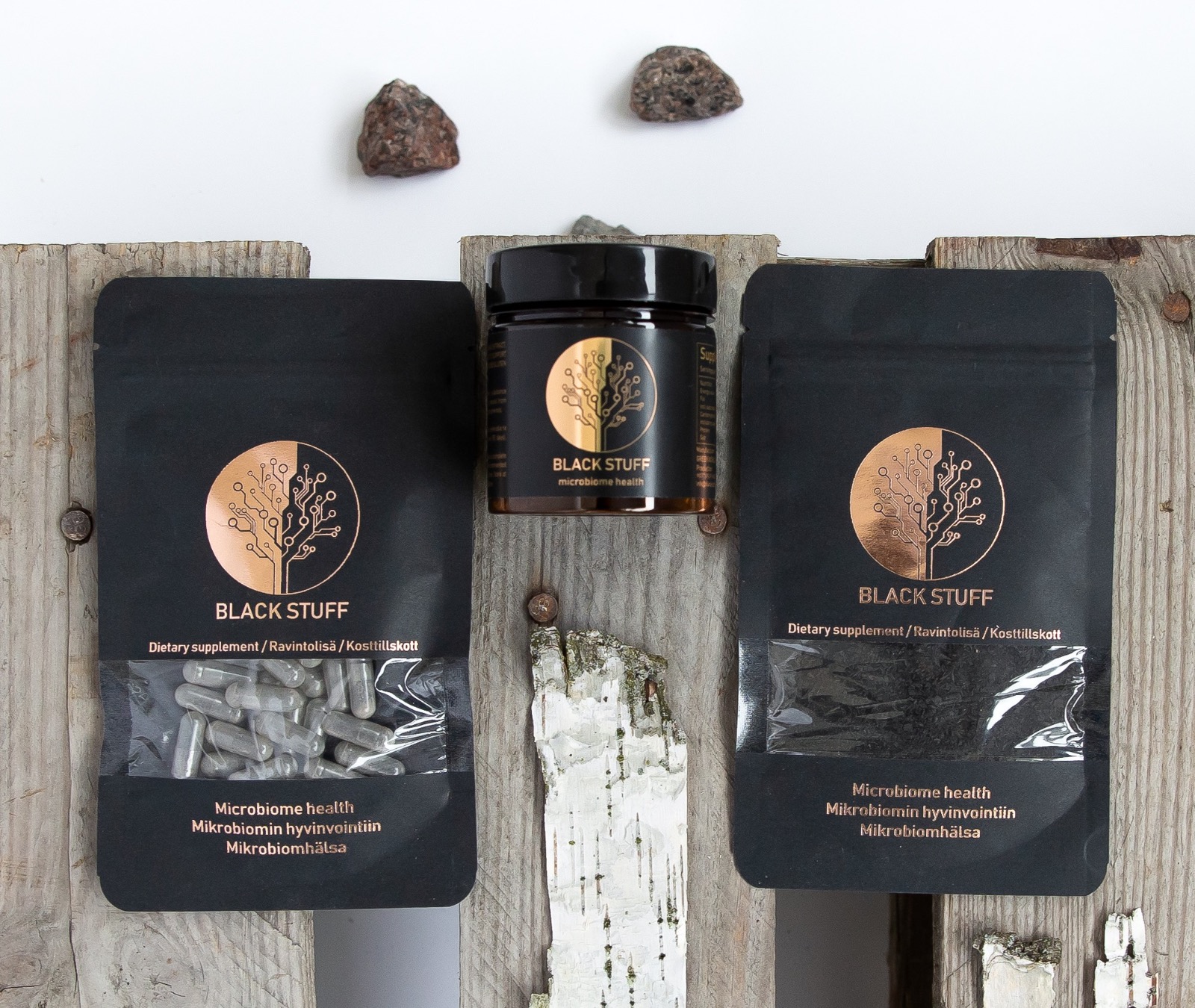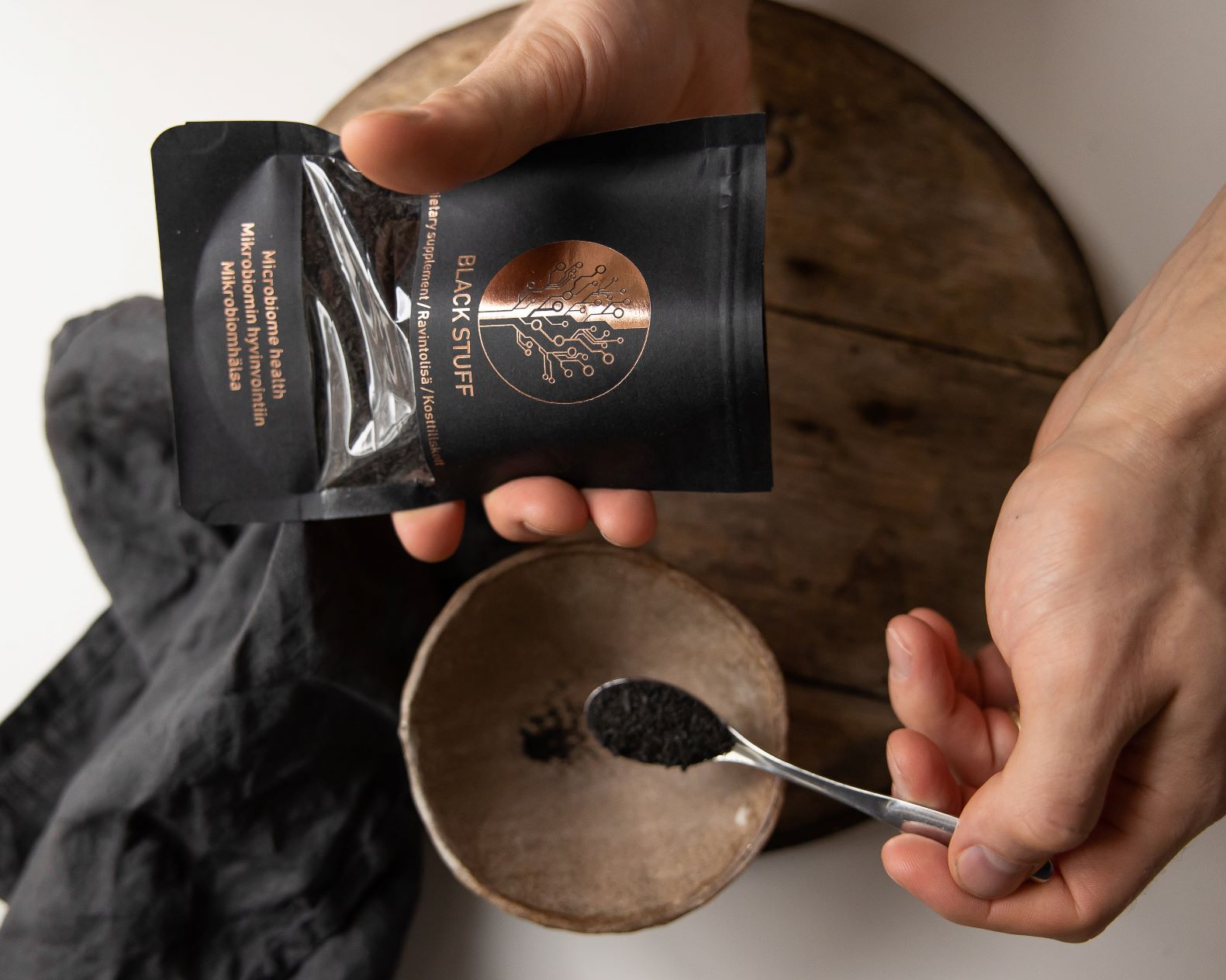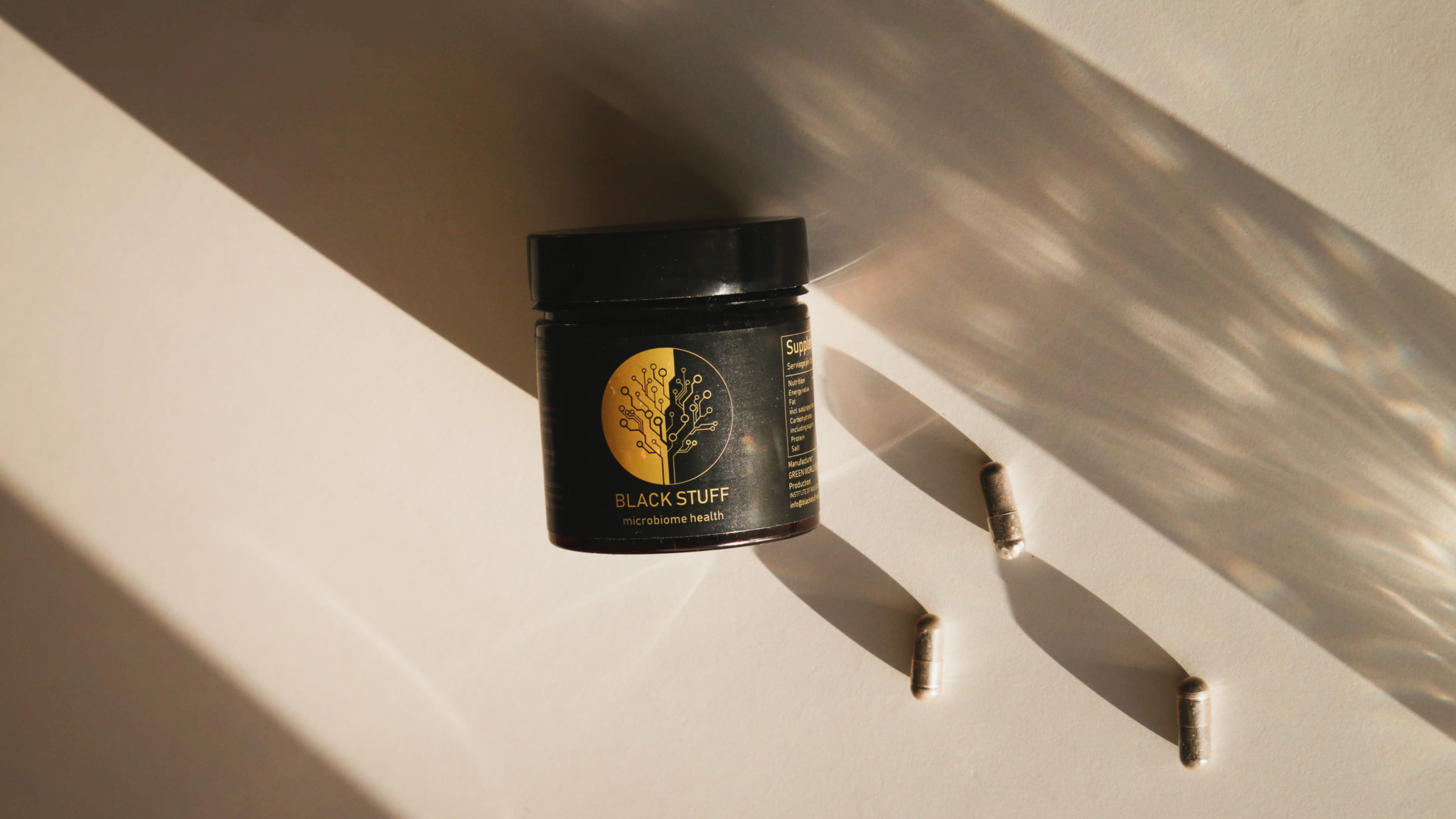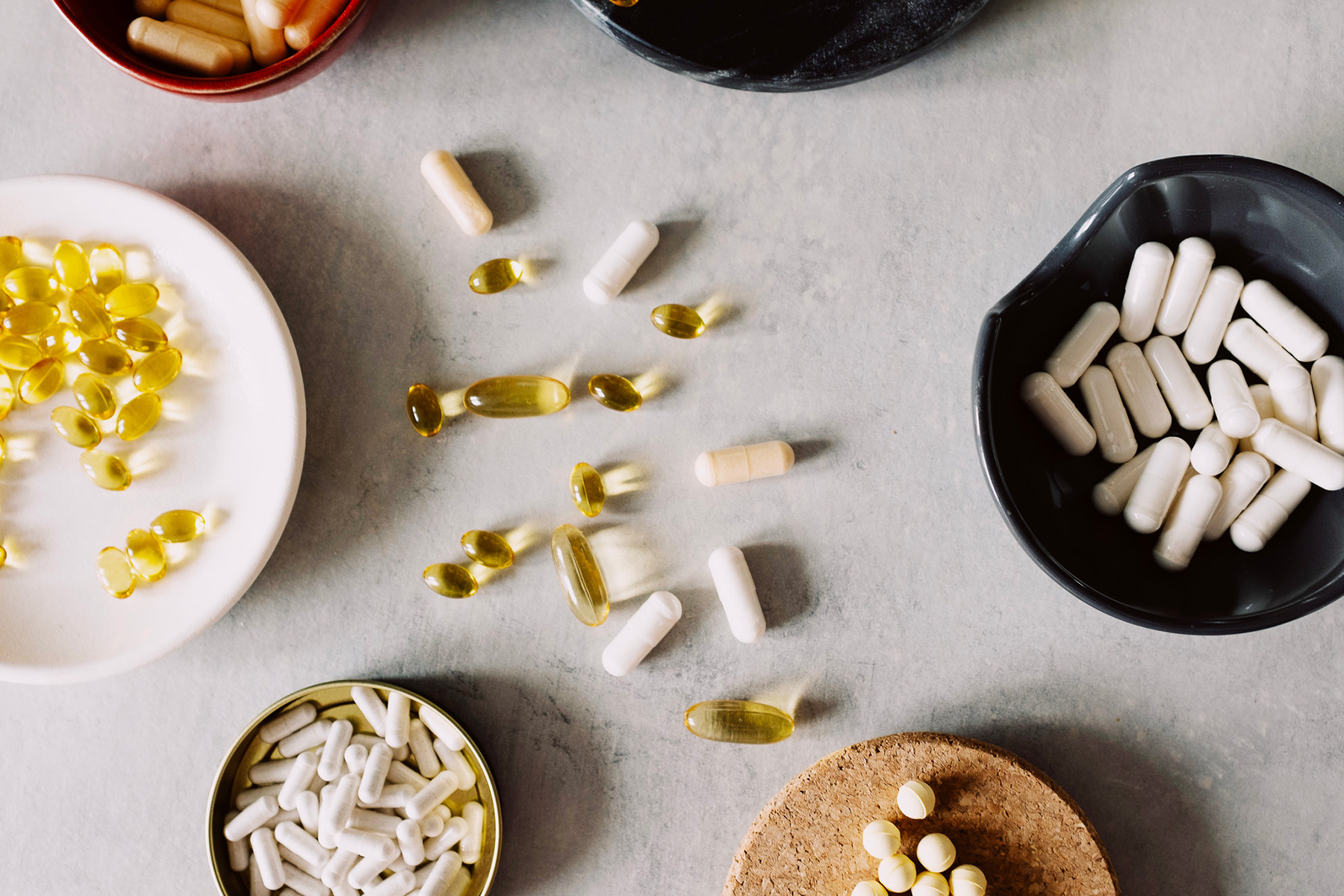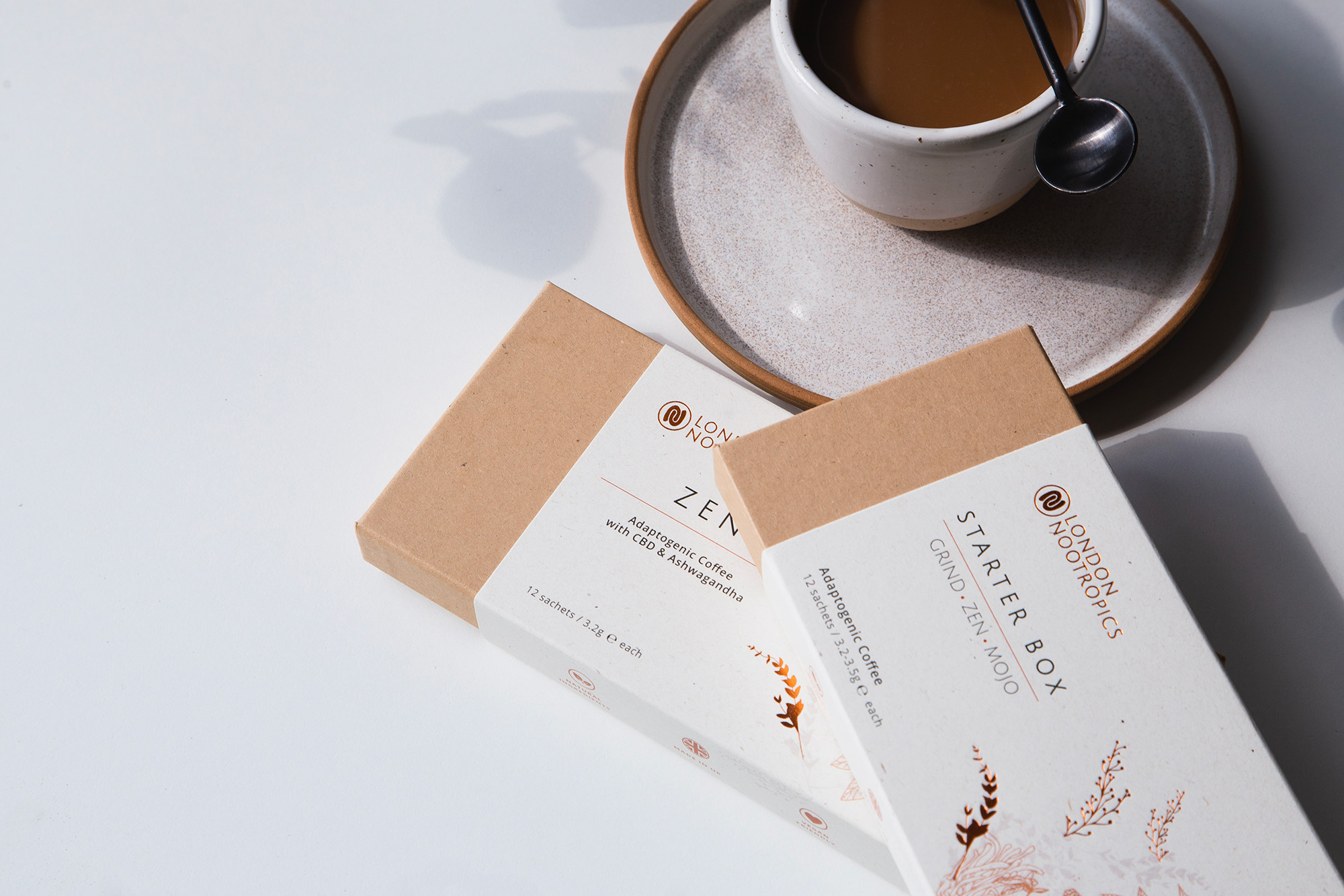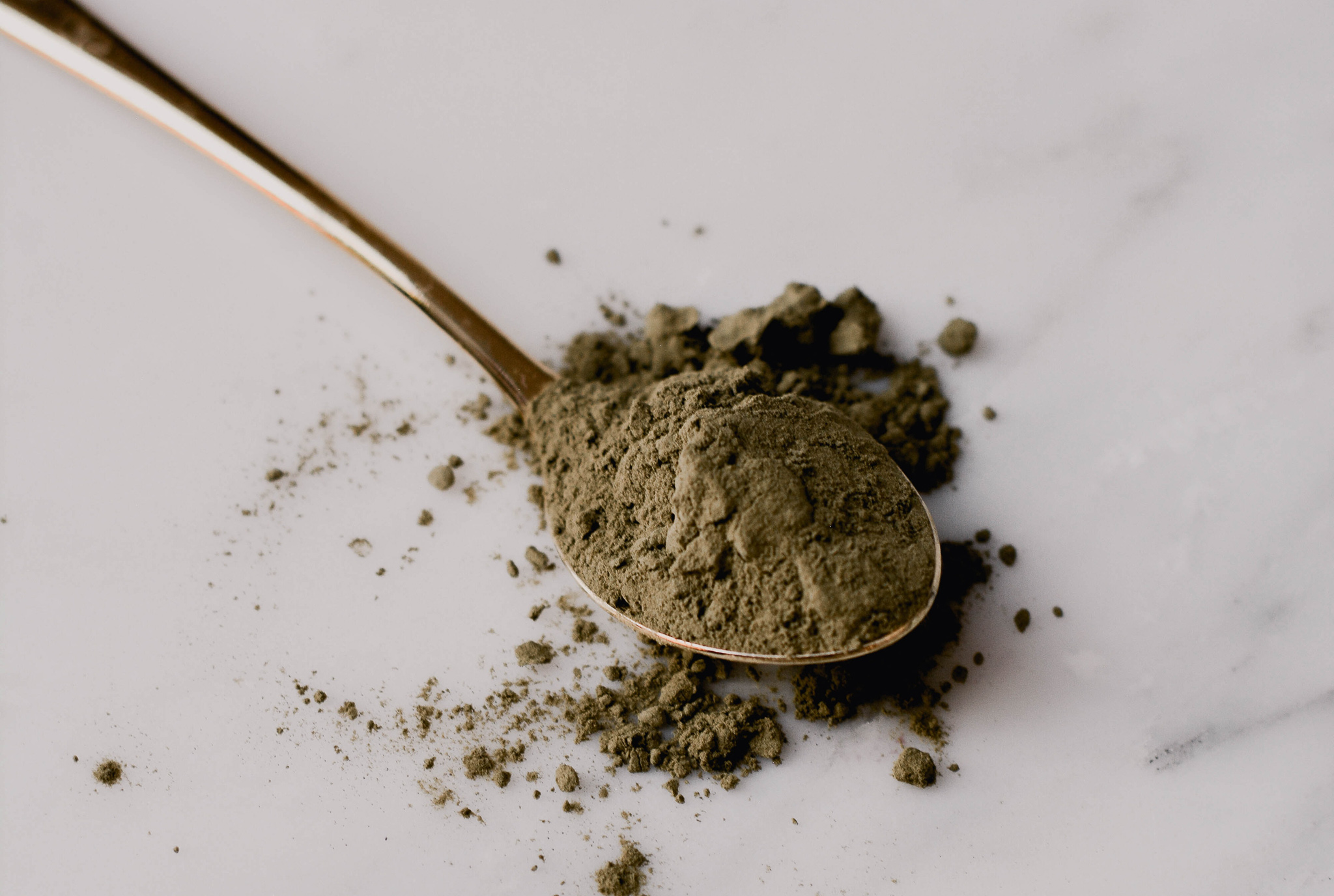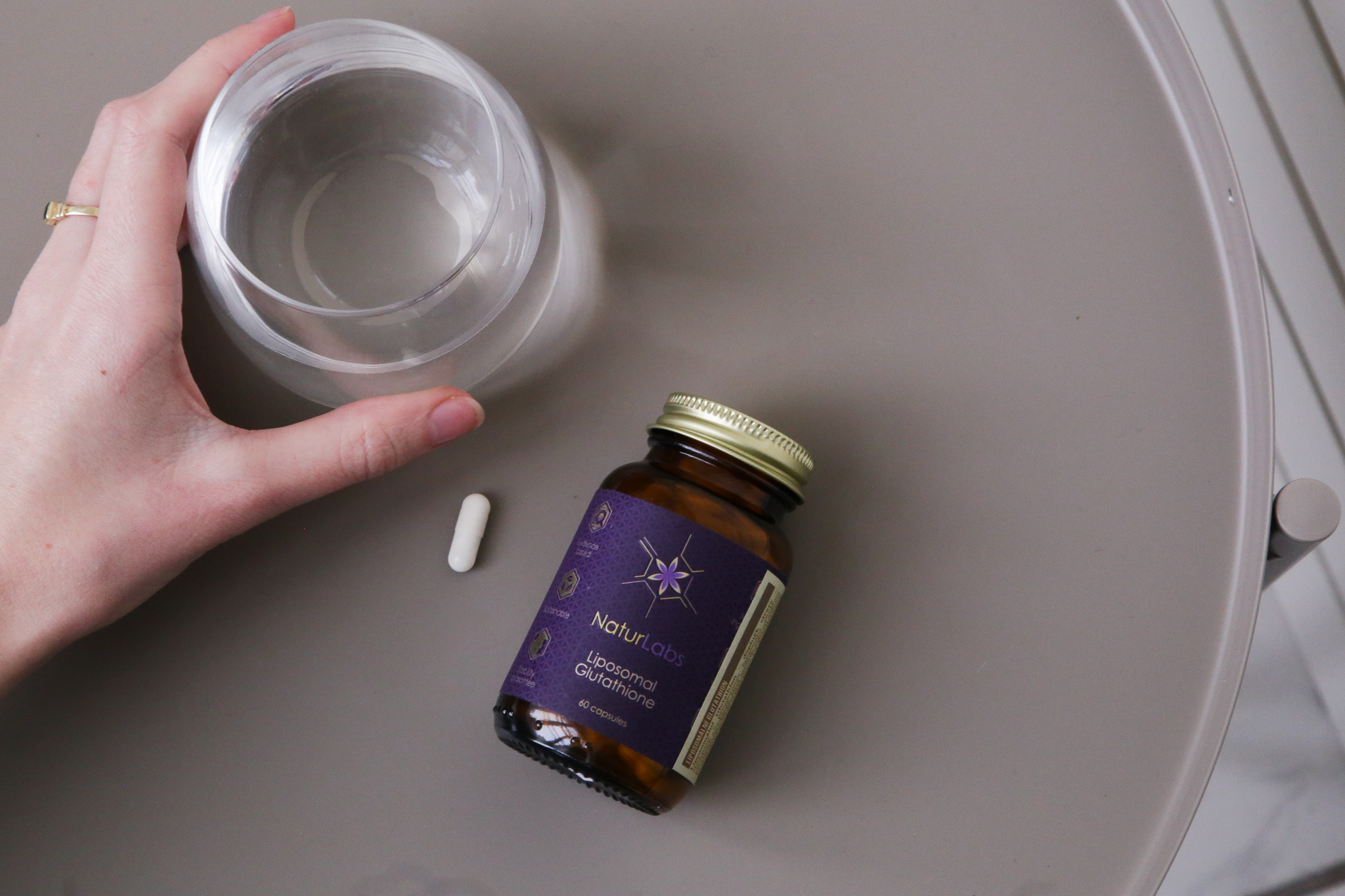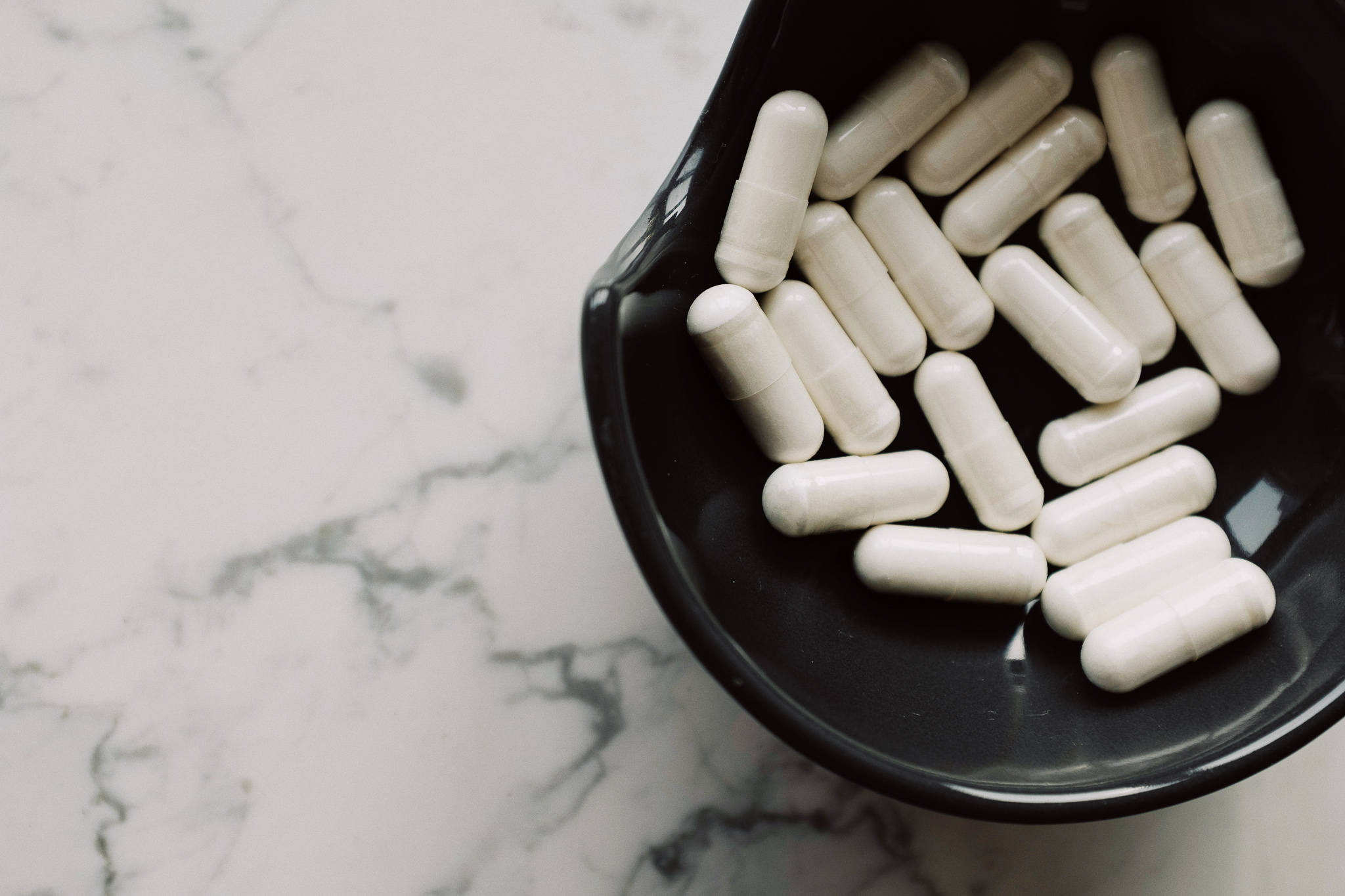Flavonoids from the apple peel improve vascular function, procyanidins reduce inflammation, and studies suggest a link between apples and a lower risk of certain cancers. What exactly do we know from the data?

The apple. At first glance, an ordinary fruit we often treat as a snack rather than a functional food. Yet science attributes it surprising power. The peel hides flavonoids, the flesh procyanidins, and many other phytochemicals that influence blood vessels, inflammation, and cellular processes. Eight scientific studies provide a clearer picture.
Heart: the strength is in the peel
A clinical trial followed thirty people with elevated cardiovascular risk. After four weeks of daily consumption of high-flavonoid apples (with peel), vascular reactivity improved — by 0.8% acutely and 0.5% after four weeks. Apples without peel, containing few flavonoids, showed no such effect (1). The peel isn’t just decoration; it’s the key to the active compounds that support vessel flexibility and a healthy heart.
Inflammation and the airways: when polyphenols breathe with us
A review study showed that proanthocyanidins from fruits — and apples are a major source — help reduce inflammation in the respiratory tract (2). These compounds modulate immune cell activity and reduce oxidative stress. It’s a good example of how complex plant polyphenols can influence not only immune responses but also lung health.
Cancer: what the data suggest
A meta-analysis of 41 studies found that people who eat apples regularly have a lower risk of lung cancer (3). The effect on breast or colorectal cancer was less consistent but still present in some study types. Laboratory research confirms that apple procyanidins can influence tumor cell growth and trigger their natural self-destruction mechanisms (4,5). In animal studies, supplementation led to a lower occurrence of precancerous lesions. Encouraging results — the apple may not be a medicine, but it’s part of a meaningful prevention mosaic.
Body vitality: joints, hair, and feminine energy
A small clinical pilot study found that powdered dried apple peel (4.25 g daily for 12 weeks) improved joint mobility and increased the body’s antioxidant capacity (6). Researchers also confirmed its ability to suppress inflammatory enzymes COX-2 and lipoxygenase. Other studies highlight procyanidin B-2 from apples, which in laboratory models supported hair follicle growth (7). Finally, a cross-sectional study among young women found that those who ate an apple every day scored higher in measures of sexual health and lubrication (8). The apple — long a symbol of vitality — now has scientific backing.
What to take away
The apple may not look like a miracle “superfood,” yet its strength lies in its simplicity. In every bite, sweetness, fiber, vitamins, and phytochemicals come together — a natural synergy the body uses as a whole, not in isolation like synthetic supplements. Its flavonoids and procyanidins work together to protect cells, help the body manage inflammation, and support proper vascular and metabolic function. It’s no wonder that since the 19th century, people in English-speaking countries have said “an apple a day keeps the doctor away” — and today’s data suggest they might have been right all along.
References:
- Flavonoid-rich apple intervention improves endothelial function (PMC8618396)
- Role of dietary polyphenols in lung inflammation (PubMed 29140397)
- Apple intake and cancer risk: meta-analysis of observational studies (PubMed 15790589)
- Apple procyanidins inhibit growth of colorectal cancer cells (PubMed 24518938)
- Effect of apple procyanidins on colon carcinogenesis in rats (PubMed 11841365)
- Apple peel powder and joint function pilot study (PubMed 29086478)
- Procyanidin B-2 and hair growth via PKC modulation (PubMed 25271471)
- Apple consumption and female sexual function (PubMed 27000627)


